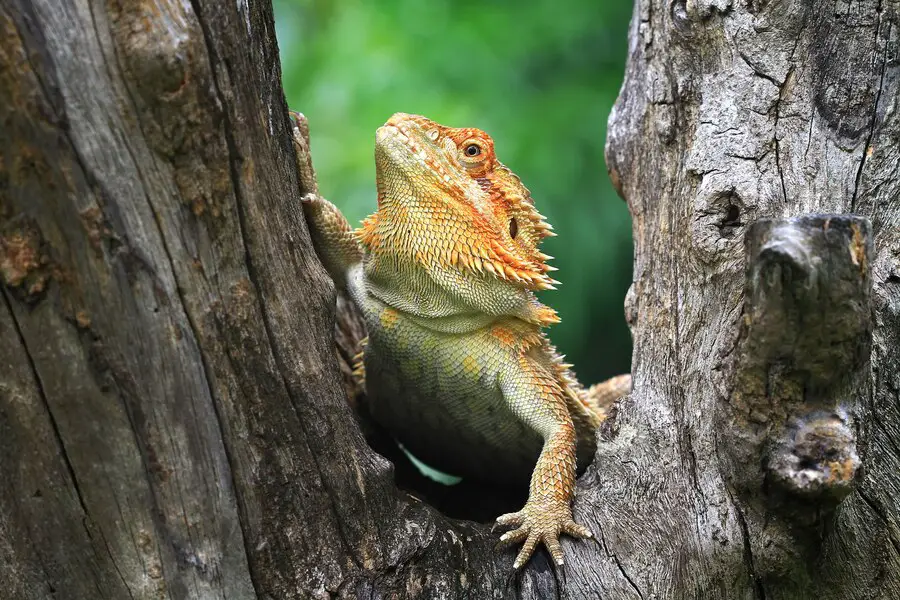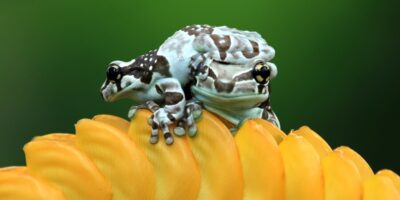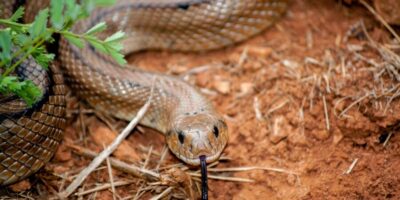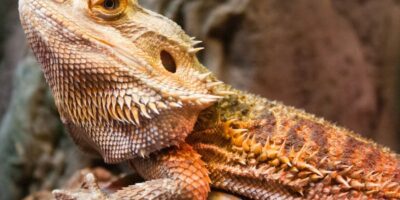Unfertilized bearded dragon eggs are an interesting aspect of reptile reproduction. Understanding what to do with these eggs is crucial for responsible pet ownership. While bearded dragons lay eggs, not all of them are fertilized.
This article will explore the options available when dealing with unfertilized bearded dragon eggs, ensuring that you make informed decisions for the well-being of your pet.
Understanding Unfertilized Bearded Dragon Eggs
Understanding what to do with unfertilized bearded dragon eggs is crucial for responsible pet ownership. It helps ensure the well-being of your bearded dragon and allows you to make informed decisions. By knowing your options, you can choose the best course of action that aligns with your circumstances, resources, and preferences. Whether you decide to leave the eggs in the enclosure, remove and discard them, or attempt incubation, having this understanding empowers you to take appropriate steps and provide the best care for your pet.
Fertilized and unfertilized bearded dragon eggs differ in their potential for development. Fertilized eggs occur when a female bearded dragon mates with a male, resulting in the eggs containing embryos that can develop into baby bearded dragons. On the other hand, unfertilized eggs are laid by the female without mating, meaning they do not contain embryos and will not hatch. It’s important to distinguish between the two to avoid confusion and to make appropriate decisions regarding the care and handling of the eggs.
Leaving the Eggs in the Enclosure
Bearded dragons are known to exhibit a range of behaviors towards their eggs. After laying the eggs, the female bearded dragon may show protective instincts by guarding the nest and occasionally rearranging the eggs. This behavior helps regulate temperature and moisture levels, which are crucial for the development of the embryos. However, it’s important to note that not all female bearded dragons exhibit this behavior, and some may even ignore or abandon the eggs.
Now, let’s discuss the potential benefits and risks of leaving the eggs in the enclosure. Leaving the eggs in the enclosure can provide a more natural environment for incubation, as the female bearded dragon may continue to regulate the temperature and humidity around the eggs. This can increase the chances of successful hatching. However, there are also risks involved.
If the enclosure conditions are not ideal or if the female does not properly care for the eggs, the embryos may not develop or hatch successfully. Additionally, leaving the eggs in the enclosure may pose a risk of predation or accidental damage.
Ultimately, the decision of whether to leave the eggs in the enclosure or not depends on various factors, such as your experience, available resources, and the specific behavior of your bearded dragon. It’s always a good idea to consult with a reptile veterinarian or experienced breeders for guidance to ensure the best outcome for the eggs and the well-being of your bearded dragon.
Removing and Discarding the Eggs
Some owners choose to remove and discard unfertilized eggs for a few reasons. Firstly, unfertilized eggs will not hatch, so removing them prevents any confusion or false hope. Secondly, keeping the enclosure clean and free from decaying eggs helps maintain a healthy environment for the bearded dragon. Lastly, removing the eggs allows the female bearded dragon to focus her energy on her well-being rather than continuing to care for eggs that won’t develop.
When it comes to handling and disposing of the eggs, it’s important to prioritize hygiene. Use gloves or wash your hands thoroughly before and after handling the eggs to prevent the spread of bacteria. You can carefully scoop the eggs into a sealable plastic bag or container lined with moist substrate, such as damp paper towels or vermiculite. Seal the bag or container tightly and dispose of it appropriately, following your local waste disposal regulations. Remember, proper handling and disposal help maintain a clean and safe environment for both you and your bearded dragon.
Another option is to remove and discard the unfertilized eggs. This is a common choice for owners who don’t want to go through the process of incubation or deal with potential complications. If you decide to remove the eggs, it’s essential to handle them with care and dispose of them properly to prevent any health hazards.
Incubating the Eggs
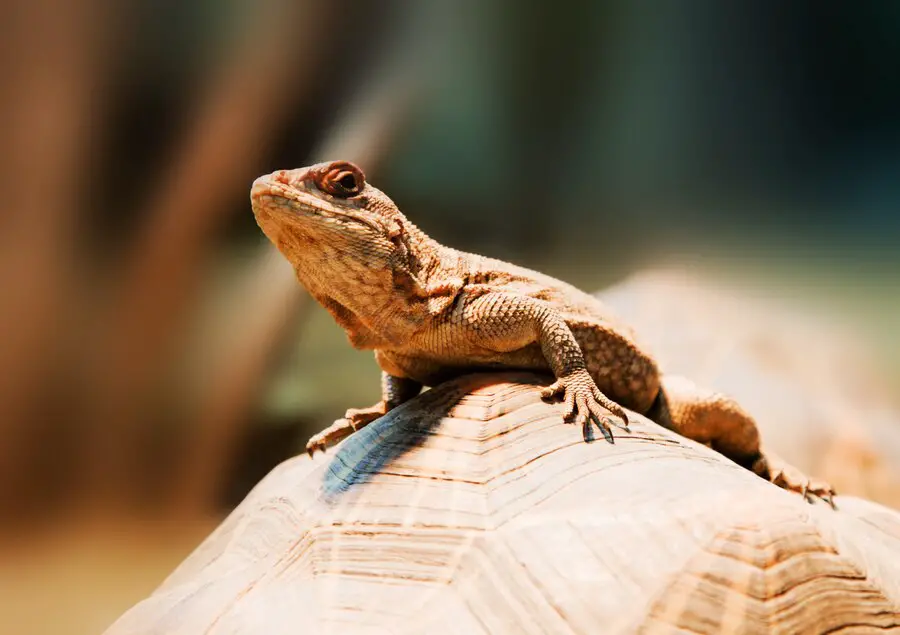
Incubation is the method of creating a controlled environment to stimulate the development of eggs. For bearded dragons, this involves maintaining specific temperature and humidity levels. The eggs are typically placed in an incubator or a suitable container with a substrate that retains moisture, such as vermiculite. The temperature and humidity are carefully monitored and adjusted to mimic the conditions necessary for embryo development. This process usually takes several weeks, and during this time, the eggs need to be regularly checked for any signs of mold or dehydration.
Pros and cons of incubation
Now, let’s discuss the pros and cons of attempting to incubate unfertilized eggs.
Pros
- Learning experience: Incubating eggs, even if they are unfertilized, can provide valuable knowledge and experience in the process of incubation and caring for eggs.
- Observation: Incubating the eggs allows you to closely monitor the eggs and observe any changes or developments that may occur.
Cons
- Time and effort: Incubating eggs requires dedication and consistent monitoring of temperature and humidity levels. It can be time-consuming and may require additional equipment.
- Resources: Incubation requires specific equipment and supplies, such as an incubator and substrate, which may involve additional costs.
- No outcome: Since unfertilized eggs will not develop into hatchlings, incubating them will not result in any baby bearded dragons hatching.
Ultimately, the decision to attempt incubation of unfertilized eggs depends on personal preference and the goals of the owner. It’s important to consider the time, effort, and resources involved, as well as the potential learning experience gained from the process.
Some owners may choose to attempt incubating unfertilized eggs. While these eggs won’t hatch, the process can be a learning experience and provide insight into incubation techniques. However, it’s important to note that incubating unfertilized eggs requires careful monitoring of temperature, humidity, and sanitation to prevent any potential health risks.
Conclusion
In conclusion, dealing with unfertilized bearded dragon eggs requires careful consideration. You have various options, including leaving the eggs in the enclosure, removing and discarding them, or attempting incubation. Each option has its pros and cons, so it’s crucial to assess your circumstances, knowledge, and resources before making a decision. By understanding the choices available, you can ensure the well-being of your bearded dragon.
